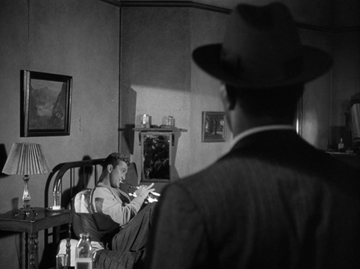Tim Perper has added extensive comments to yesterday’s bleg in which I asked for books about heroes. I’ve copied those comments into the first part of this post. After his remarks I’ve appended a passage by Northrup Frye.
Tim Perper: Preliminary Remarks on Heroes and Heroines in Manga and Anime
I was recently asked to comment on a paper about heroes in manga and anime, not only in general, but also specifically suggesting sources the author might want to use from other writers and critics. I’m no expert on Heroes in literature, but I know something about manga and anime.
The paper talks about the nature of the “hero,” failed heroes in particular, about manga and anime, about Fate/Zero and Madoka Magica, about Emiya Kiritsugu and Homura Akemi, and quite a range of other topics. I suggested that some focusing might help, but some related ideas might be more interesting here.
Thanks to your comments, it sure looks like there’s not all that much written by Western literary critics about the Hero as archetype – Joseph Campbell did a book on such heroes, and there’s a psychoanalytical literature as well, e.g., Otto Rank. However, there IS a good deal of writing on individual heroes in novels, plays, films, and comics. Franco Moretti did a book on the modern epic that covers a lot of this ground, and there are others as well.
The basic idea is that the concept of the Hero has changed very drastically in Western literary history – for example, starting with tales of King Arthur and of various Irish folk heroes, from a millennium or more ago, and then running into the “death of the hero” in the 19th century “bourgeois” novel, followed by his resurrection as Anti-Hero in the 20th Century, like Rieux, the anti-hero of Camus’ 1947 The Plague. The first kind of hero (King Arthur) is a man – no women in this literature! – who embodies the nation and its people, beliefs, and ideals in himself. The earliest and greatest was perhaps Beowulf from the 700s in Old English – he is archetype of the Ideal Man of his society. In 1936, J.R.R. Tolkien wrote a masterful essay about this kind of hero. By contrast, Rieux is simply a physician stranded by World War II in Oran when the black plague strikes...
With the development of the bourgeosie in Europe starting ca. 1850, heroes like King Arthur and Cormac mac Airt faded away into memory. They have reawakened today only as cardboard fossils in modern video games of sword-swinging “heroes” who fight an endless array of multicolor computer monsters. Those computer game “heroes” are NOT heroes in the original sense of a man of great courage facing moral uncertainty and death – like Odysseus in Homer’s poetry or the heroes in medieval stories of Roland.
Part of the Sartrean existentialist vision – it arose in France after the end of World War II – denies that such heroes can even exist today. Hegel – who wrote an analysis of these king-heroes – is dead; long live Nietzsche – who wrote about the Lesser Man who supplanted the king-hero. With the Lesser Man comes Willy Loman from Arthur Miller’s Death of a Salesman (1949) – a failure, not heroic enough even to be tragic. In US supercomics, we move away from one set of cardboard characters, like early Superman and Batman, to other cardboard characters like Peter Parker as Spiderman and Batman, the Dark Knight: the hero as a neurotic. The bourgeois “hero” has become not a heroic king, but Marcus Welby, M.D., played on US television by Robert Young from the 60s to mid-70s, and Jim Anderson, also played by Robert Young on Father Knows Best from the 50s to the mid-70s.
Another Lesser Man is Luke Skywalker – and with Star Wars a new element begins to emerge: the heroine starts to replace the Lesser Man in strength, courage, and just plain rattling warriorship. A much discussed subgenre of the Dangerous Heroine is the rape-revenge film, which has attracted a fair amount of critical attention, e.g., by Jacinda Read.
